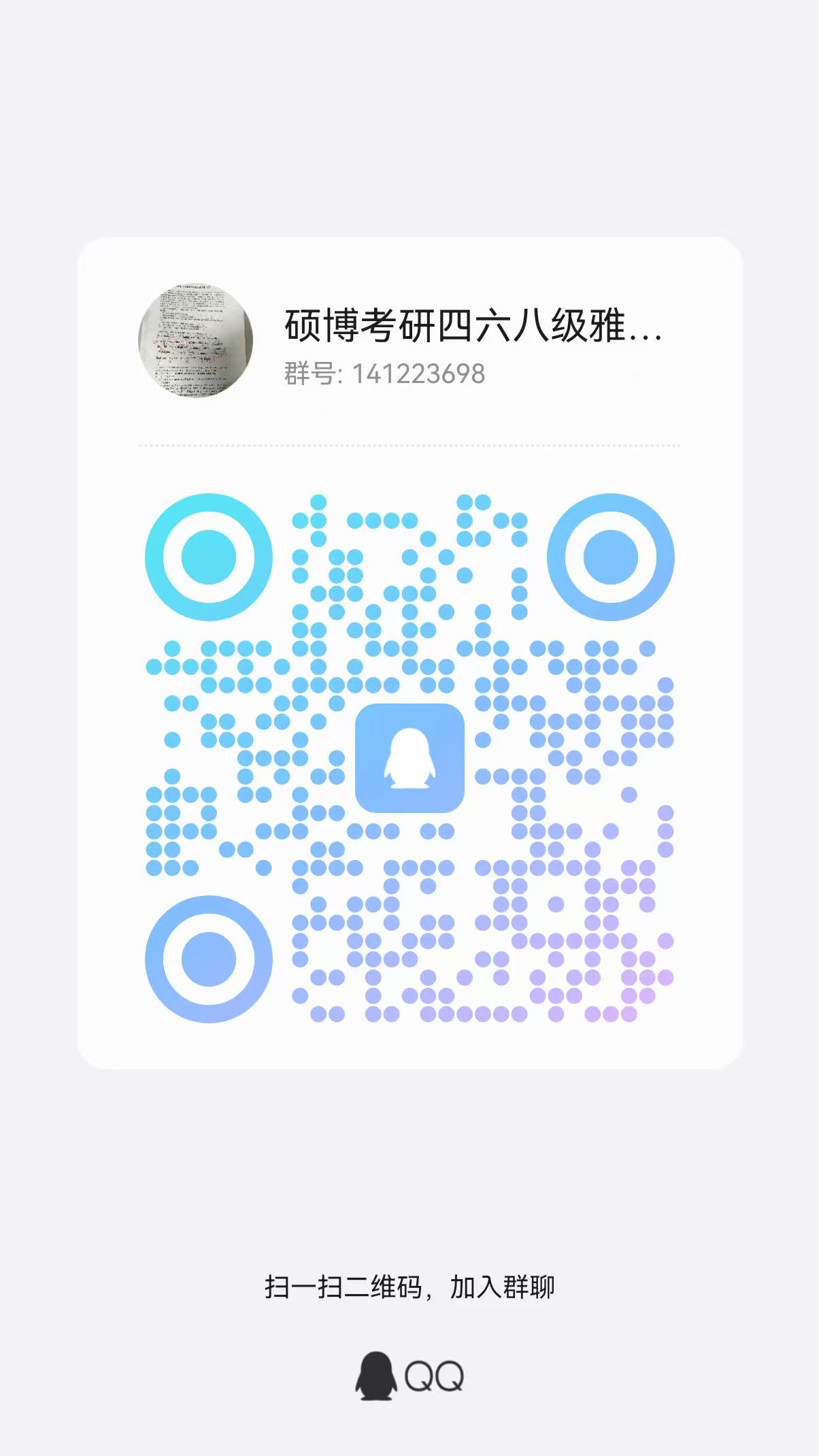Wd提问: ai开发app
Ai批改: Developing an AI-powered app involves several steps, from conceptualization to deployment、Here's a comprehensive guide to help you get started:
1、Define your app's purpose and functionality:
Identify the problem you want to solve with your app、What tasks do you want your AI to perform? Who is your target audience? What features will your app have?
2、Choose a development platform:
Decide on a platform to build your app, such as:
* Native iOS and Android
* Cross-platform frameworks like React Native, Flutter, or Xamarin
* Web-based applications using HTML, CSS, and JavaScript
3、Select a programming language and frameworks:
Choose a language and frameworks that support AI and machine learning (ML) development, such as:
* Python with TensorFlow, Keras, or PyTorch
* Java or Kotlin with Weka or Deeplearning4j
* JavaScript with TensorFlow.js or Brain.js
4、Design and collect data:
Gather and preprocess data relevant to your app's purpose、This may include:
* Collecting and labeling datasets
* Using publicly available datasets (e.g., UCI Machine Learning Repository)
* Data augmentation techniques (e.g., image processing)
5、Develop and train your AI model:
Use your chosen frameworks and language to develop and train your AI model、This may involve:
* Building and training neural networks
* Using transfer learning or pre-trained models
* Fine-tuning hyperparameters
6、Integrate AI model with your app:
Incorporate your trained AI model into your app, using APIs or SDKs to interact with the model、You may need to:
* Use a model serving platform like TensorFlow Serving or AWS SageMaker
* Implement model inference and prediction logic
7、Develop the app's user interface and user experience:
Create a user-friendly interface for your app, using:
* UI frameworks like React, Angular, or Vue.js
* Design principles and human-computer interaction guidelines
8、Test and validate your app:
Perform thorough testing, including:
* Unit testing and integration testing
* User testing and feedback
* Performance and security testing
9、Deploy and maintain your app:
Publish your app on app stores or deploy it to a production environment, using:
* Cloud platforms like AWS, Google Cloud, or Azure
* Containerization (e.g., Docker) and orchestration (e.g., Kubernetes)
Some popular AI-powered app examples:
1、Virtual assistants (e.g., Siri, Google Assistant)
2、Image recognition apps (e.g., Google Lens, Facebook's facial recognition)
3、Chatbots (e.g., customer support, language translation)
4、Predictive maintenance (e.g., industrial equipment monitoring)
5、Healthcare and medical diagnosis (e.g., disease detection, patient monitoring)
Tools and resources:
1、Machine learning frameworks: TensorFlow, PyTorch, Keras, Scikit-learn
2、AI development platforms: Google Cloud AI Platform, AWS SageMaker, Azure Machine Learning
3、Cross-platform frameworks: React Native, Flutter, Xamarin
4、Design and prototyping tools: Sketch, Figma, Adobe XD
Challenges and considerations:
1、Data quality and availability
2、Model interpretability and explainability
3、Bias and fairness in AI decision-making
4、Security and data protection
5、Continuous testing and validation
By following these steps and considering the challenges, you can develop a successful AI-powered app that provides value to your users.
0
IP地址: 149.88.249.215
搜索次数: 218
提问时间: 2025-04-20 20:49:02
热门提问:
ai 图转图
ai绘画全身照提示词
青岛鉴定珠宝的地方
ai里面的链接怎么使用
外贸电商独立建站
国际域名注册证书
耳钉制作材料
工商银行今日黄金价格
贵金属十大品牌
人民币对外汇牌价
豌豆Ai站群搜索引擎系统
关于我们:
三乐Ai
作文批改
英语分析
在线翻译
拍照识图
Ai提问
英语培训
本站流量
联系我们

温馨提示:本站所有问答由Ai自动创作,内容仅供参考,若有误差请用“联系”里面信息通知我们人工修改或删除。
技术支持:本站由豌豆Ai提供技术支持,使用的最新版:《豌豆Ai站群搜索引擎系统 V.25.05.20》搭建本站。
















